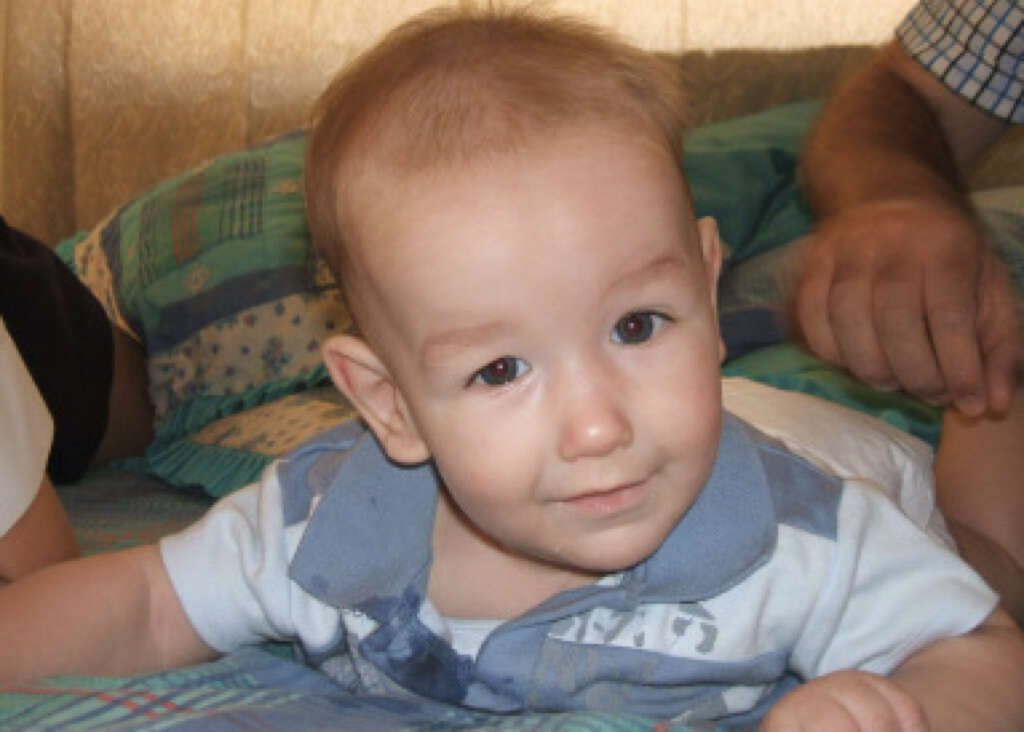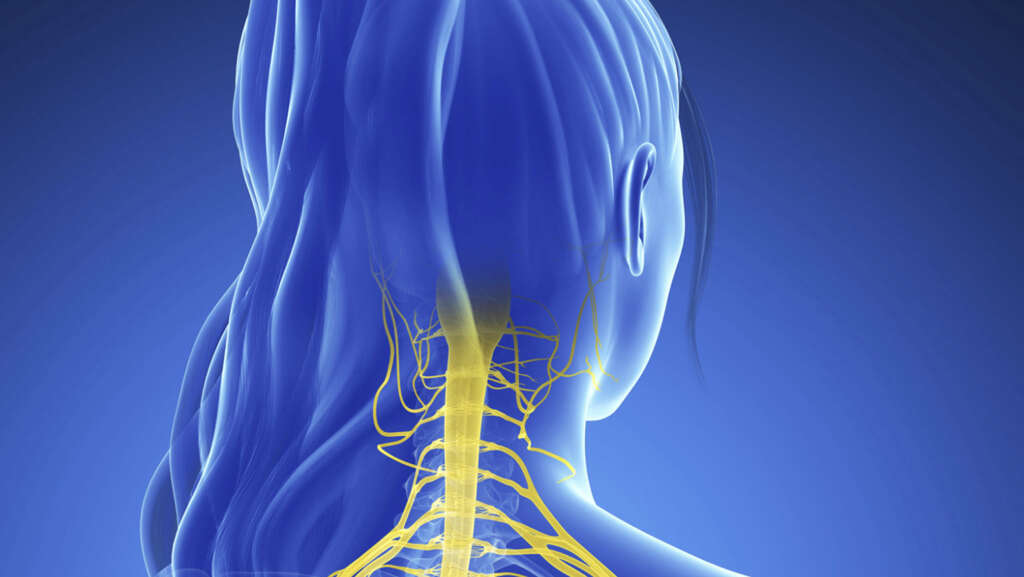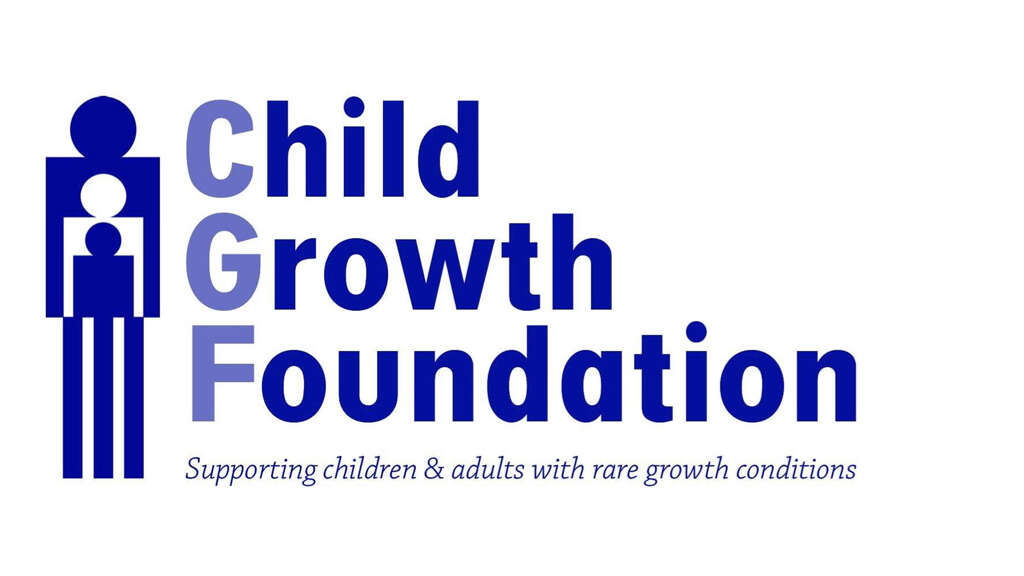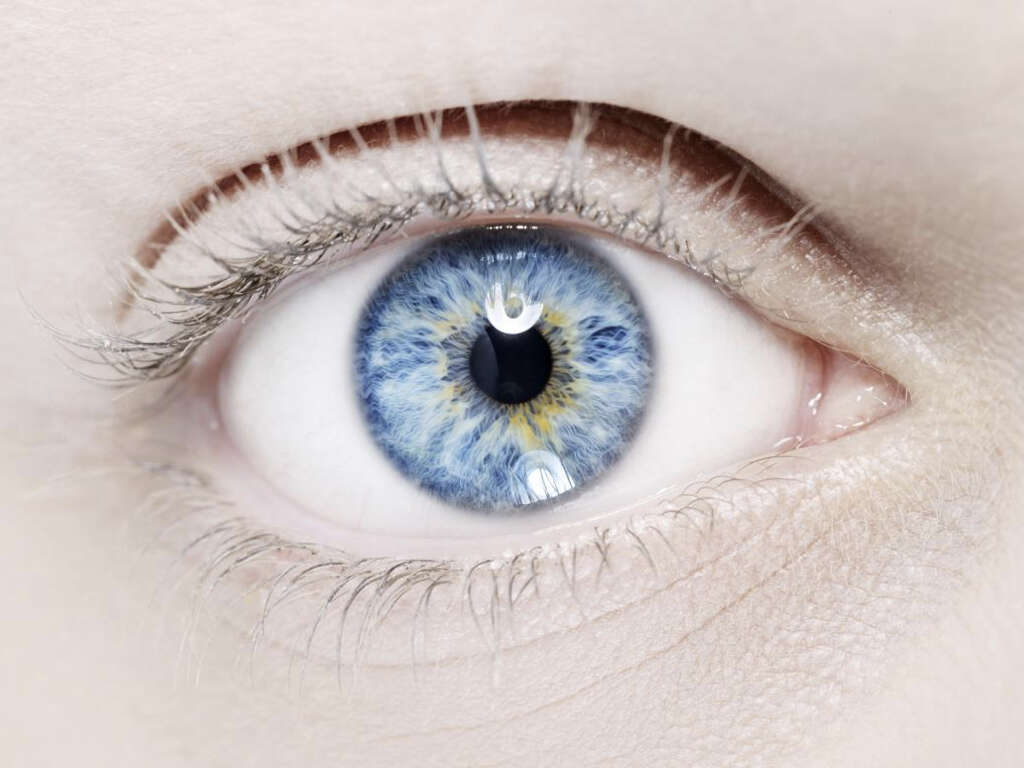What Is Sotos Syndrome?
Sotos syndrome is a condition first described in 1964. It is a condition where the affected individual experiences excessive physical growth throughout their first few years in life. It is a genetic condition causing excessive growth in infancy that continues into the early teenage years.
It is estimated to occur in approximately 1 in every 14,000 births. However, because the features of Sotos syndrome is often similar to other conditions, some experts believe that many cases of Sotos syndrome are not properly diagnosed. They believe that the true incidence of Sotos syndrome is more likely to be 1 in every 5,000 births.

1. Excessive Growth
The main issue in Sotos syndrome is the excessive growth. Even in the fetal period, there is prenatal overgrowth. After birth, the growth velocity of patients with Sotos syndrome is excessive, especially in the first 3 to 4 years of life. It then proceeds at a normal rate despite being in the high percentile.
During childhood, the affected child tends to have a height that is 2 to 3 years ahead of their peers. Their weight will be appropriate for their age. Their bone age will show that it is ahead by 2 to 4 years of their chronological age. Their adult height will also usually exceed the average height of their peers. In male patients, they can reach a height of 193 cm (6”4) to 203 cm (6”8) while females reach up to 188 cm (6”2).

2. Facial Features
The facial features of individuals with Sotos syndrome are also very specific where they often have a prominent forehead. Almost all (96%) of them have a receding forehead hairline, hypertelorism (widely spaced eyes), pointed chin, downward slanting of the eyelids, long narrow face, high narrow palate, and a head shape that is likened to an inverted pear.
The head is a dolichocephalic shape that can be defined as having a head that is longer than expected (compared to width). These facial features are most prominent during childhood. With age and maturity, the chin becomes more prominent and square in shape. Once in adulthood, these features become less distinctive. However, the receding hairline, dolichocephalic head, and prominent chin remains.

3. Central Nervous System
Patients with Sotos syndrome often have central nervous system symptoms. There is often delay in achieving milestones, speech, talking, and walking. Clumsiness is also present in 60% to 80% of affected children perhaps due to lax joints and low muscle tone.
They may not be able to walk until 15 to 17 months of age. Other physical challenges include difficulty with coordination (bicycle riding or sports), and fine motor skills (issues with grasping small stuff). Language can also be affected and they may not be able to speak until 2 to 3 years old. In 80% to 85% of patients, there is intellectual disability with an average intelligence quotient (IQ) of 72, which can range from 40 to mild intellectual disability. It is estimated that about 15% to 20% have normal intelligence.

4. Other Signs and Symptoms
Other signs and symptoms of Sotos syndrome include jaundice in newborns and difficulty feeding. In 8% to 35%, heart defects are also often present but are generally not severe. In about 20%, they experience anomalies in the genitourinary system.
Other issues include conductive hearing loss, strabismus, scoliosis (40%), premature eruption of teeth (60% to 80%), and seizures. It has also been estimated that about 2.2% to 3.9% of those with Sotos syndrome develop tumors such as neuroblastoma, acute lymphoblastic leukemia, presacral ganglioma, and sacrococcygeal teratoma. However, there is no single form of cancer that is associated with the condition.

5. Genetics
Sotos syndrome is due to mutations in the nuclear receptor binding SET domain protein 1 (NSD1) gene. The mutations in this gene have been identified in about 90% of patients with Sotos syndrome. This has been categorized as patients with Sotos syndrome 1.
The NSD1 gene is responsible in the production of a protein known as histone methyltransferase that helps normal growth and development. Several years ago, after mutations in the nuclear factor I, the X type (NFIX) gene was reported in 5 patients with Sotos syndrome; this has been classified as Sotos syndrome 2. Subsequently, Sotos syndrome 3 was reported in 2 siblings with neural features of Sotos syndrome and loss of function mutation in the adenomatous polyposis coli 2 (APC2) gene.

6. Inheritance
Although approximately 95% of Sotos syndrome cases are due to spontaneous mutation, there are several families that have more than one affected family member. Unaffected parents have less than 1% chance of having another child with Sotos syndrome.
In the inherited cases, the study of these cases have enabled researchers to conclude that Sotos syndrome is inherited via the autosomal dominant pattern. Dominant genetic disorders occur when only one copy of the abnormal gene is required to cause disease. The risk of passing on the abnormal gene from an affected parent is 50% with equal risk for both males and females.

7. Diagnosis
Although there is no biochemical marker that is available for the testing of Sotos syndrome, the diagnosis can be made clinically. This means that the diagnosis is made based on the characteristic manifestations of the excessive growth and craniofacial features.
The facial features are most distinctive and are rarely not present. It is important to note that about 10% may be below height expectations while 10% to 15% may not experience any developmental delays, 76% to 86% may have advanced bone age and 60% to 80% have brain anomalies. However, these features are nonspecific. To confirm the diagnosis of Sotos syndrome, DNA studies via fluorescence in situ hybridization can be performed to detect microdeletions such as the partial NSD1 gene deletion. Those without NSD1 mutations should be tested for mutations in NFIX and APC2 genes.

8. Standard Treatment
Treatment of Sotos syndrome is supportive and usually requires a multidisciplinary team consisting of surgeons, neurologists, geneticists, speech pathologists, pediatric endocrinologists, pediatricians, orthopedists, ophthalmologists, and physical therapists.
Once diagnosed with Sotos syndrome, an examination of the heart and kidneys should be performed to identify if there are any anomalies. Those with anomalies should be referred to an appropriate specialist. A thorough examination of their back for scoliosis, blood pressure, eye exam, and speech evaluation should also be performed yearly. Evaluation of development is also important to ensure appropriate steps are taken to help them reach their highest potential. Special services such as special education and speech therapy may be required. Genetic counseling is recommended for families.

9. Investigational Therapies and Supporting Organizations
Since Sotos syndrome is a rare genetic disorder, there are ongoing investigational therapies that aim to help these patients. Ongoing clinical trials will be posted on www.clinicaltrials.gov. Interested parties may also contact the National Institute of Health Patient Recruitment Office for further information.
There are also various organizations and support groups for patients and family members of patients with Sotos syndrome. Some examples of supporting organizations include Child Growth Foundation, Genetic and Rare Diseases Information Center, Sotos Syndrome Support Association, Sotos Syndrome Support Association of Canada, and The Arc. Online support groups are also available on Facebook and online forums.

10. Related Disorders
Patients with Sotos syndrome generally have some degree of intellectual disability and behavioral issues. Some of the more frequent behavioral issues include phobias, obsessions, compulsions, impulsive behavior, tantrums, and attention deficit hyperactivity disorder (ADHD).
There are also other conditions that may be similar to Sotos syndrome. Examples include Weaver syndrome where there is also accelerated growth and characteristic facial appearances. Other similar syndromes are Beckwith-Wiedemann syndrome, Simpson dysmorphia syndrome, and Fragile X syndrome. Confirmation and differentiation of the syndromes can be obtained through genetic testing.












